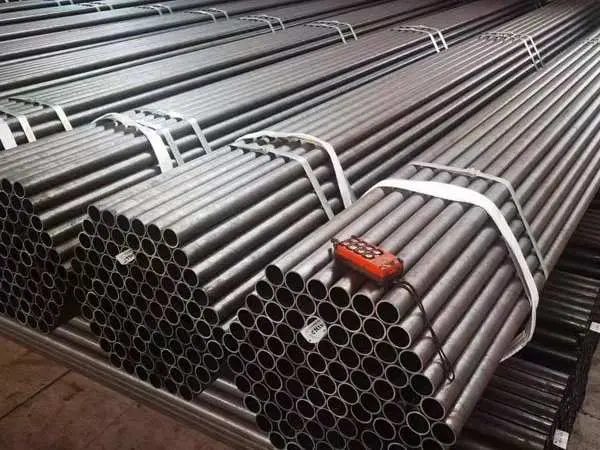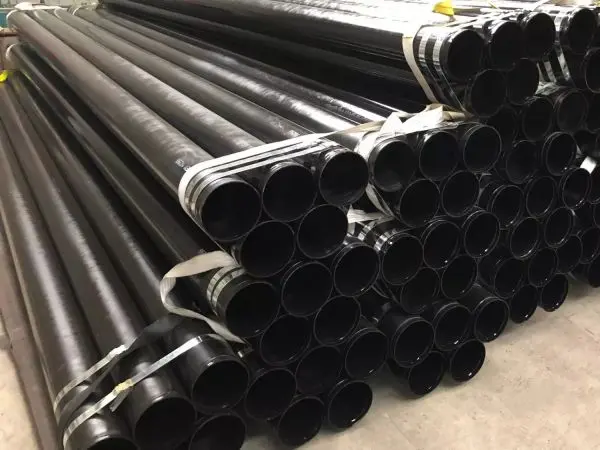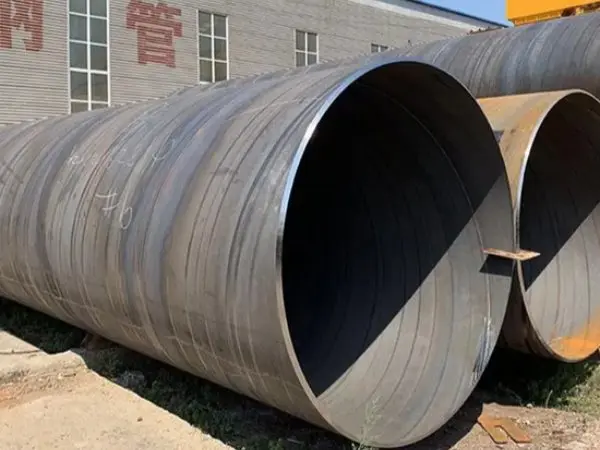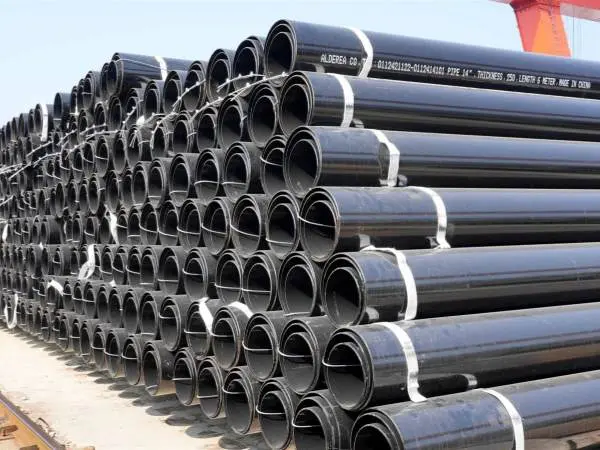-
Details of Q690D straight seam welded steel pipes
Q690D straight seam welded steel pipes are manufactured by welding hot-rolled steel strip coils using straight seam welding technology. The name "straight seam" refers to the linear configuration of the weld along the pipe's length. This type of pipe belongs to the category of high-strength welded structural steel. Here's an overview of Q690D straight seam welded steel pipes.
2025-05-21
-
Processing of Q390B seamless and welded steel pipes
Q390B steel pipe is a high-strength, low-alloy structural steel widely used in applications requiring excellent strength and mechanical performance. Based on manufacturing techniques, Q390B steel pipes are commonly divided into straight seam steel pipes and seamless steel pipes. Below is an overview of their processing procedures and key characteristics.
2025-05-21
-
Details of Q390NB straight seam steel pipes
Q390NB is a low-alloy high-strength structural steel specified in the GB/T 1591-2018 standard. The "N" indicates the steel’s impact toughness requirement (tested at 20°C), and "B" denotes the quality grade. With a carbon content controlled below 0.20%, the alloy is microalloyed with elements like niobium and vanadium to achieve fine-grain strengthening. Here's an overview of Q390NB straight seam steel pipes.
2025-05-20
-
Will the export volume of SMLS steel pipes rebound in 2025?
As global economic conditions evolve and industry-specific demands shift, the export outlook for seamless (SMLS) steel pipes in 2025 has become a topic of interest for many in the steel industry. While it remains challenging to provide a definitive forecast, current data and market trends suggest a moderate recovery in export volume is likely. Below is an in-depth analysis of the key influencing factors, a review of export performance in 2024, and projections for 2025.
2025-05-20
-
Technical advantages and market demand for large-diameter spiral steel pipes
Large-diameter spiral steel pipes are an essential material in numerous engineering projects, gaining increasing attention due to their technical advantages and growing market demand. Below, I will discuss the key characteristics and market trends of large-diameter spiral steel pipes.
2025-05-19
-
How to choose a premium boiler tube manufacturer?
The first step in selecting reliable boiler tube suppliers is to verify their legal production qualifications and core certifications. These qualifications ensure that the products meet legal standards and have international recognition. The following steps are essential for ensuring the legitimacy and quality of the supplier.
2025-05-19
-
Key points for the use of A210C internally threaded seamless steel pipe for high-pressure boilers
The A210C internally threaded seamless steel pipe is a critical material widely employed in power station boilers and high-pressure industrial systems. To ensure the safe, stable, and efficient operation of such equipment, it is essential to manage its use comprehensively across aspects including material characteristics, installation and welding procedures, operational control, maintenance strategies, safety measures, and inspection standards. Below is a detailed breakdown of the key usage considerations.
2025-05-16
-
Detailed explanation of seamless black steel pipe materials
Black steel pipes refer to steel pipes without any surface coating such as galvanization. Unlike galvanized pipes, their surface remains untreated but typically undergoes anti-rust treatment. Seamless black steel pipes are primarily made from carbon steel, low-alloy structural steel, and alloy steel, which are directly cold-drawn after processing—without solution heat treatment—resulting in pipes with high strength, excellent reliability, and good machinability. Here's a detailed explanation of seamless black steel pipe materials.
2025-05-16
-
Introduction to 1420 spiral steel pipe
As a vital steel pipe product, spiral steel pipe plays a crucial role in numerous engineering projects, including bridges, docks, tunnels, and more. Among various specifications, the 1420 spiral steel pipe stands out due to its structural advantages. Accurately understanding its weight per meter is essential for project design, material planning, and construction efficiency. This article explores the characteristics, engineering implications, and future development of 1420 spiral steel pipes.
2025-05-15
-
Reasons to cause straight seam steel pipes to bend during production
Straightening is a critical step in the manufacturing process of straight seam steel pipes, especially for applications with high precision and performance demands. This includes API-standard oil casings, oil and gas transmission pipes, and custom steel pipes for mechanical equipment, where not only the steel grade and weld integrity are strictly regulated, but pipe straightness is equally essential. This article will briefly introduce reasons to cause straight seam steel pipes to bend during production.
2025-05-15
-
ASTM A283 carbon steel plate
ASTM A283 is a standard specification for low and intermediate tensile strength carbon steel plates intended for structural applications. It covers four grades—A, B, C, and D—each offering different levels of mechanical properties suitable for general structural use in construction and engineering projects.
2025-05-14
-
ASTM A240 stainless steel plate
ASTM A240 is a standard specification that covers chromium and chromium-nickel stainless steel plate, sheet, and strip intended for use in pressure vessels and general applications. This specification includes popular stainless steel grades such as 304 and 316, both of which are widely used across various industries due to their excellent corrosion resistance and mechanical properties.
2025-05-14












